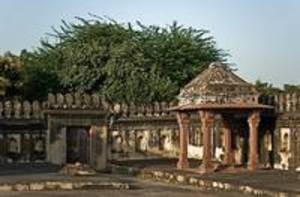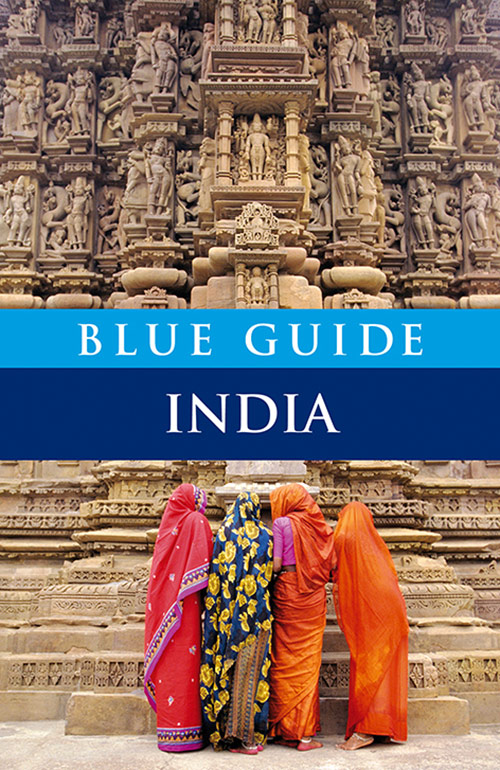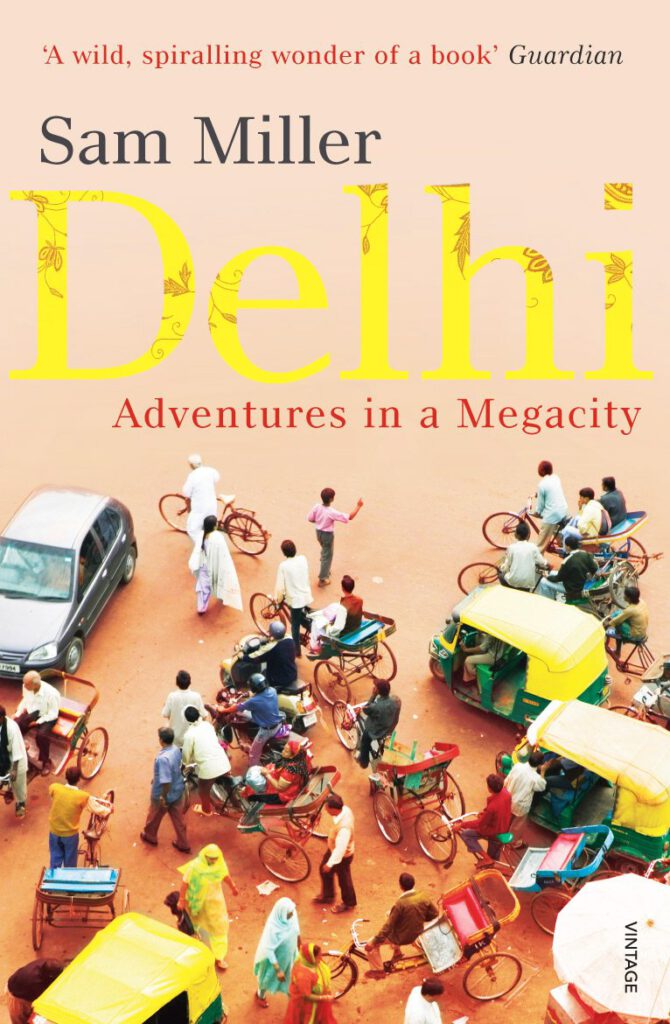A new type of guided tour has come to Delhi: ghost-stalking.
The Delhi-based travel company Lets Get Packing has teamed up with the Paranormal Society to offer “Creatures of the Night”, a tour of haunted parts of the old city, including one of the landmarks of the Mehrauli Archaeological Park in South Delhi. Within the park is a little-visited mosque and tomb known as the Jamali Kamali. Exquisite examples of 16th-century Islamic architecture, they were built in 1528–29 by the poet Sheikh Fazlullah, whose pen-name was Jamali. He was buried in the tomb in 1535. The five-bayed mosque is in good condition, with a delicately carvedmihrab. The tomb is small and square, decorated on its exterior with pretty blue tiles. The interior (ask the caretaker to let you in) is almost perfectly preserved. The detail of the ceiling is of exceptional quality, with ornate plasterwork patterns in red and blue. The walls are decorated with plasterwork inlaid with tiles. There are two graves in the tomb, and for years it was supposed that the second one belonged to someone called Kamali. It is now thought that the name of the mosque-tomb is alliterative, but the mysterious occupant of the second grave has not been identified. Could he be the source of the “shining rectangle”, of which there have been reported sightings?

Also included in the tour is the Nicholson Cemetery in North Delhi, just west of the Qudsia Bagh garden. The cemetery is the resting place of many of the British who died in 1857, in the bloodbath that was known—from a British imperial perspective—as the Mutiny, but which in India is always called the Uprising. Among the graves is that of John Nicholson, an Irish army cadet who rose to become Brigadier-General, a dauntless servant of British interests in India. He died at the age of thirty-four, of wounds sustained during the final, successful British assault on Delhi. He was never decapitated, though for reasons unexplained, his headless form is said to roam the cemetery at night.
For more details, see here ».
Text © Blue Guides, with extracts from Blue Guide India.








